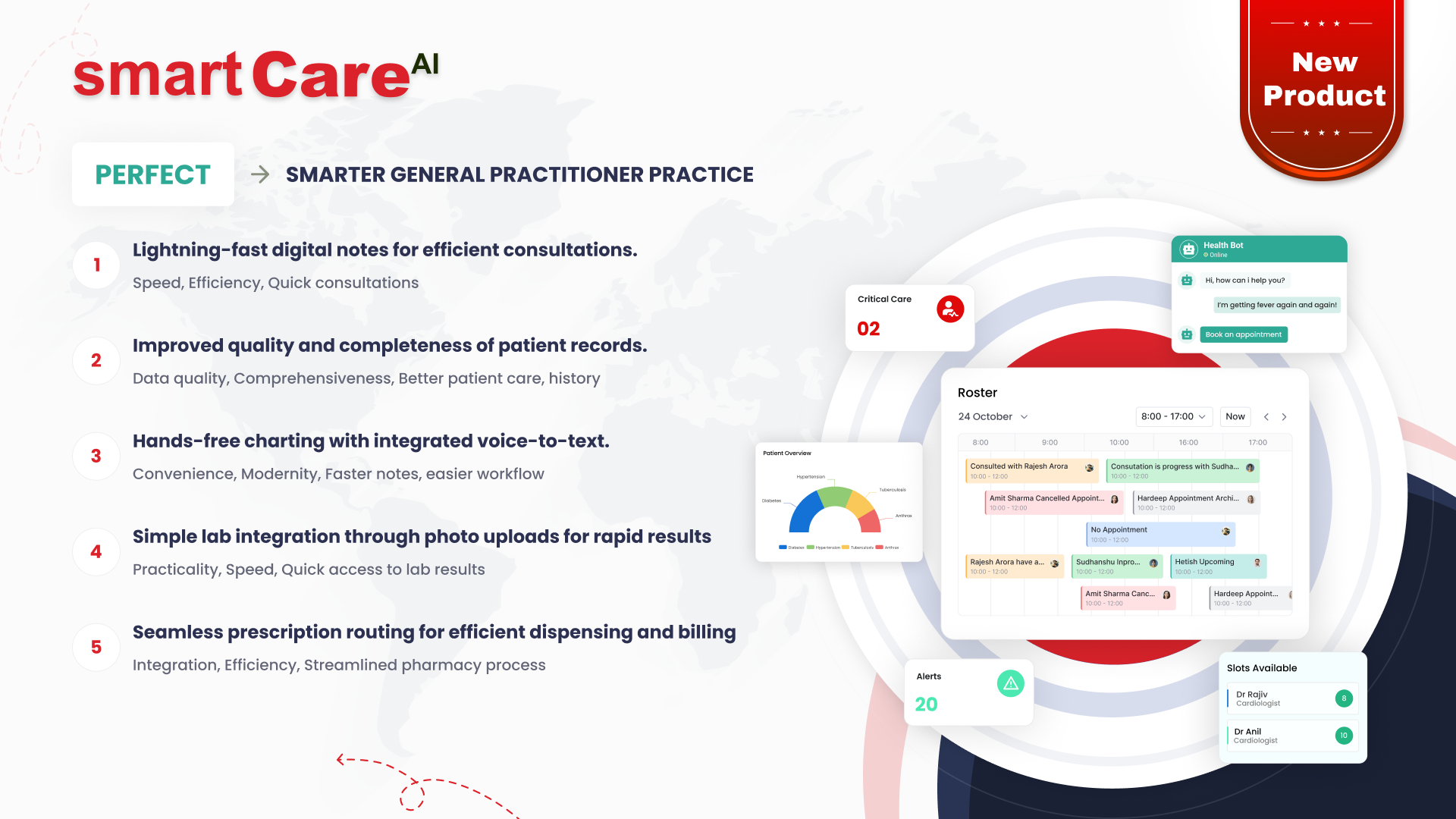
Posted On August 25, 2021
Care Gaps in Healthcare
Research reveals that care gaps when unattended and ignored can be harmful and costly. Resolving care gaps is not only important to payers, providers but also to the patients they serve. By performing this one can positively influence patient health and make improvements in quality measurement through scores and reimbursement under risk-sharing arrangements such as Medicare.
Discrepancies in recommended healthcare services and the actual healthcare received is referred to as Gap in Care. The gaps can occur in the following ways patients failing to comply with recommended screenings, irregularities in sharing medical reformation with other specialists, unable to approach the provider nearby, avoiding consultation with their doctor regarding a prescription which might create conflict, etc. Care Gap results in reduced quality of care both for patients and payers.
Closing Gaps in care
By adapting wellness interventions and efficient patient management programs, health insurance companies can reduce the gaps in healthcare. These not only feed patients with timely information but also benefit insurance companies with improved HEDIS ratings to better market plans and cost cuts.
Measures like creating a holistic patient profile, performing psychographic segmentation, addressing disparities in chronic diseases, etc. can help eliminate the Gaps in care. Considering psychographic segmentation as an important tool to increase patient’s medical adherence rate through right messaging by right channel as well as participation in modern care, wellness initiatives, screening, etc. The strategy is highly successful with chronic conditions as well in reducing care gaps.
Before initiating the process of closing gaps, the providers should confirm some important things like making sure if any potential care gap exists and then process assess the way to engage the patients if the care gap gets confirmed. Also, at the individual, some of the factors like access to health, transport, engagement through telehealth, etc. should be considered.
The use of technology to address Care Gaps
By accessing relevant clinical data through EHR technology can help identify and close care gaps. But, data when leveraged to its full potential will benefit the providers. Tracking patients at risk, supporting the bi-directional exchange of information between insurers and providers, etc. can reduce the number of non-adherence patients and other related populations.
EHR technology can, therefore, facilitate the sharing of information at the point of care. Insurers can educate providers about quality measurement and the data needed to satisfy specific measures. Providers can then identify and address areas for clinical documentation improvement (e.g., codes for screenings) to remove discrepancies, inefficiencies, delays, or failures in quality reporting.
At smartData, the healthcare domain is highly focused on addressing the care gap through application development along with covering analytical aspects and the use of the latest technology.
